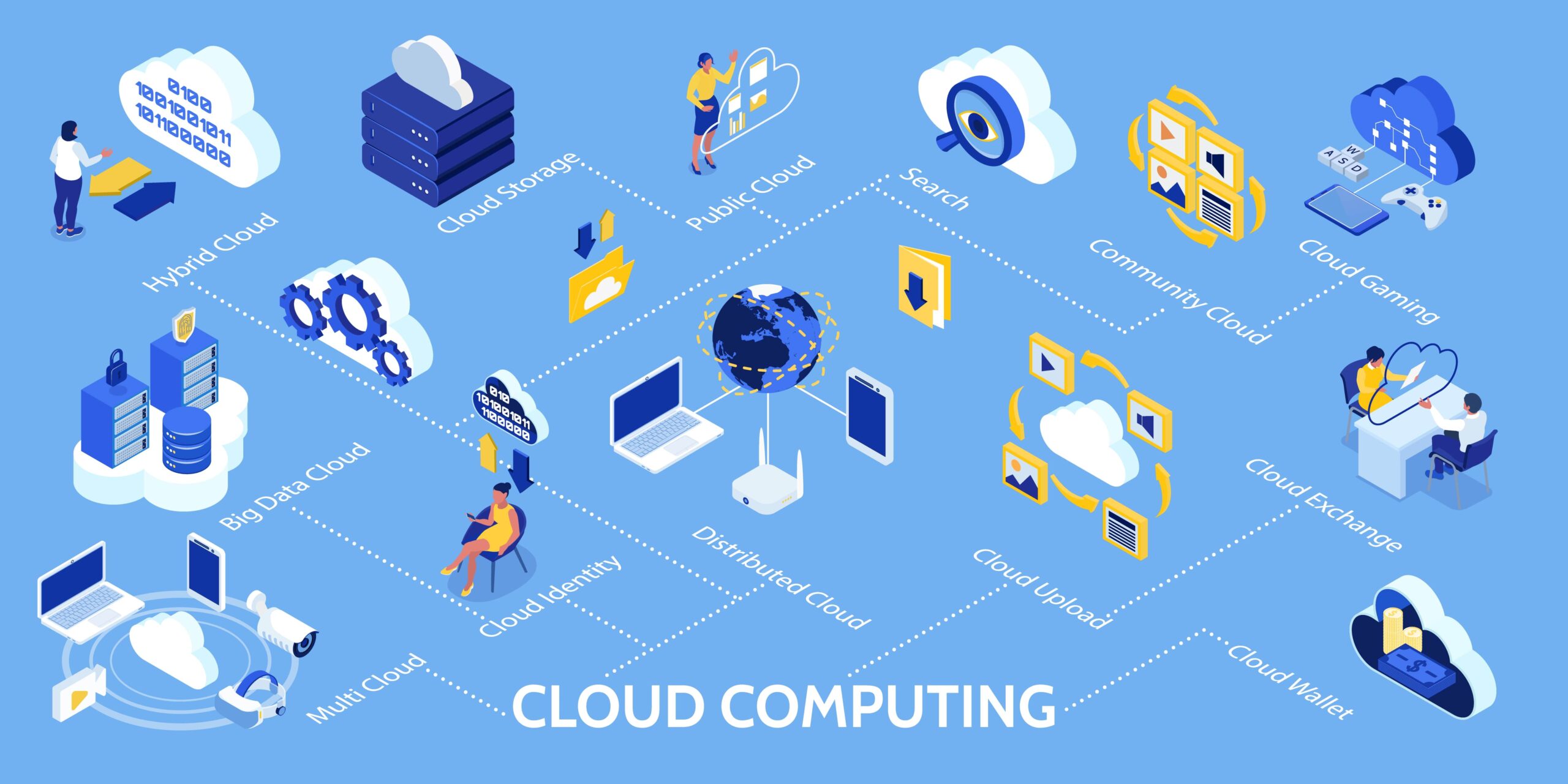In the realm of cloud computing, businesses often face the decision of how to migrate their existing applications and infrastructure to the cloud. Two primary strategies emerge: Lift & Shift and Refactoring. Each approach offers distinct advantages and considerations, tailored to different organizational needs and goals. This article delves deep into the differences between these strategies, exploring their technical aspects, benefits, challenges, and real-world applications.
Introduction to Cloud Migration
Cloud migration refers to the process of moving applications, data, and other business elements from on-premises infrastructure to cloud environments. This transition enables organizations to leverage the scalability, flexibility, and cost-efficiency of cloud computing services provided by vendors like Amazon Web Services (AWS), Microsoft Azure, and Google Cloud Platform (GCP).
Lift & Shift: The Quick Move
Lift & Shift, also known as Rehosting, represents a straightforward migration strategy where applications are moved from on-premises infrastructure to the cloud with minimal changes. The primary goal is rapid migration, often achieved by replicating virtual machines (VMs) or containers to the cloud environment. Key characteristics of Lift & Shift include:
- Minimal Changes: Applications are moved as-is, with little to no modifications to their architecture or codebase.
- Speed: This approach offers quick deployment to the cloud, reducing downtime and accelerating time-to-value.
- Cost: Initially, Lift & Shift may not optimize cost savings because it doesn’t fully leverage cloud-native features.
Benefits of Lift & Shift
- Speed to Market: Enables rapid deployment, facilitating quicker adoption of cloud benefits.
- Low Risk: Minimizes the risk of application downtime or operational disruptions during migration.
Challenges of Lift & Shift
- Limited Cloud Benefits: Doesn’t fully exploit cloud-native capabilities like auto-scaling or serverless computing.
- Future Optimization: May require further optimization post-migration to achieve cost-efficiency and performance gains.
Refactoring: Optimizing for the Cloud
Refactoring, also referred to as Replatforming or Rearchitecting, involves restructuring or rewriting applications to better utilize cloud-native features and services. This approach aims to maximize the benefits of the cloud environment by:
- Optimizing Architecture: Adapting applications to leverage managed services, serverless computing, or microservices architecture.
- Enhancing Performance: Improving scalability, resilience, and efficiency through cloud-specific optimizations.
- Cost Efficiency: Designing applications to take advantage of pay-as-you-go pricing models and resource optimizations.
Benefits of Refactoring
- Cost Savings: Long-term cost benefits through optimized resource usage and efficiency gains.
- Performance: Improved scalability and reliability, leveraging cloud-native features.
- Innovation: Opportunities for innovation by adopting modern development practices and architectures.
Challenges of Refactoring
- Complexity: Requires significant time and resources to redesign and refactor applications.
- Risk: Potential for disruptions during the refactoring process, impacting business operations.
- Skill Requirements: Demands specialized cloud architecture and development expertise.
Choosing the Right Approach
The decision between Lift & Shift and Refactoring depends on several factors, including:
- Current State: The complexity and architecture of existing applications.
- Business Goals: Immediate versus long-term cost savings, scalability requirements, and innovation goals.
- Time Constraints: Urgency of migration and tolerance for disruption to business operations.
Real-World Applications
Lift & Shift is often preferred when:
- Businesses require quick migration with minimal downtime.
- Applications are nearing end-of-life or have low utilization rates.
- Cost optimization and advanced cloud features are not immediate priorities.
Refactoring is suitable when:
- Applications require modernization to meet scalability or performance demands.
- Long-term cost efficiency and innovation are primary objectives.
- There’s a strategic need to leverage cloud-native services for competitive advantage.
Conclusion
In conclusion, Lift & Shift and Refactoring represent contrasting approaches to cloud migration, each offering distinct benefits and challenges. While Lift & Shift provides a rapid, low-risk path to the cloud, Refactoring aims for long-term optimization and innovation. The choice between these strategies hinges on factors such as business objectives, application complexity, and resource availability. Ultimately, successful cloud migration requires careful consideration of these factors to align with organizational goals and maximize the benefits of cloud computing.
By understanding these differences, businesses can make informed decisions that pave the way for a successful cloud journey, ensuring scalability, efficiency, and competitive advantage in the digital era.



